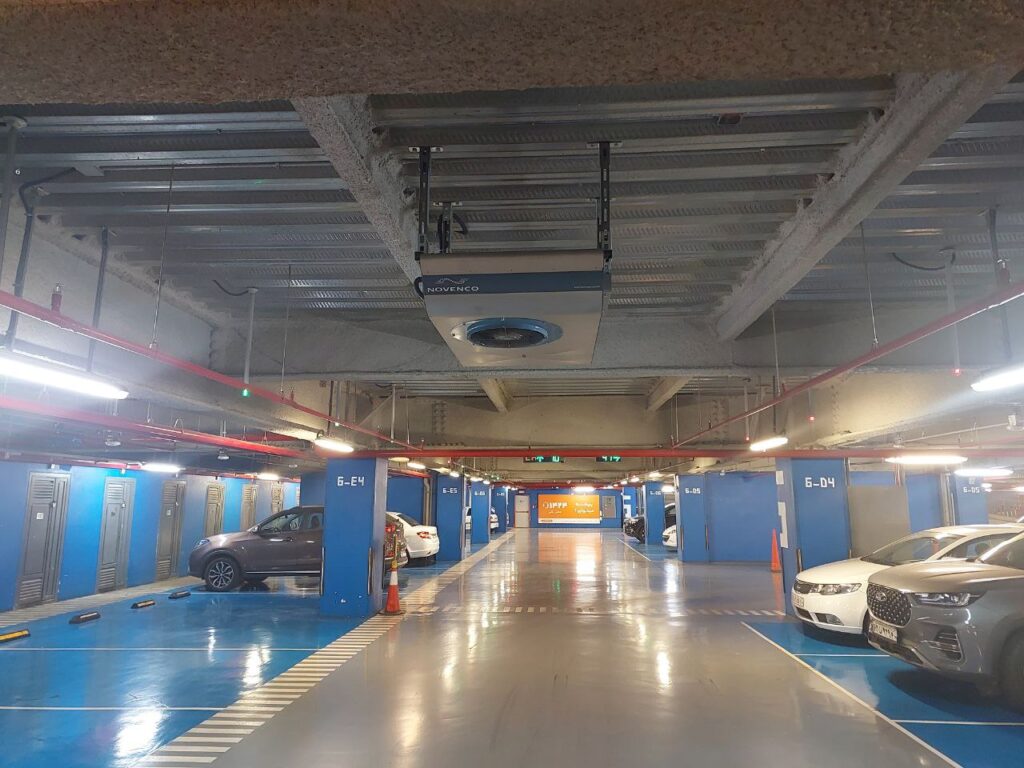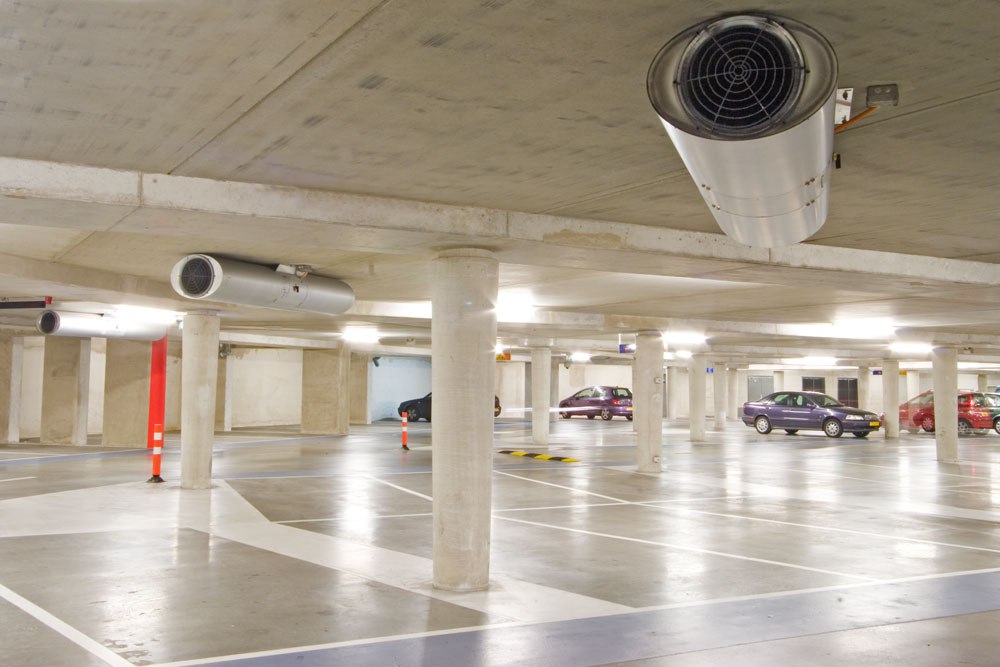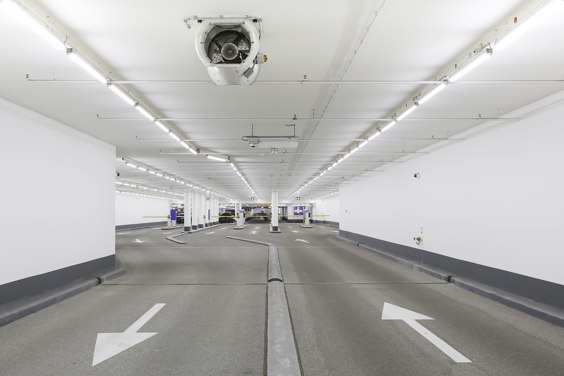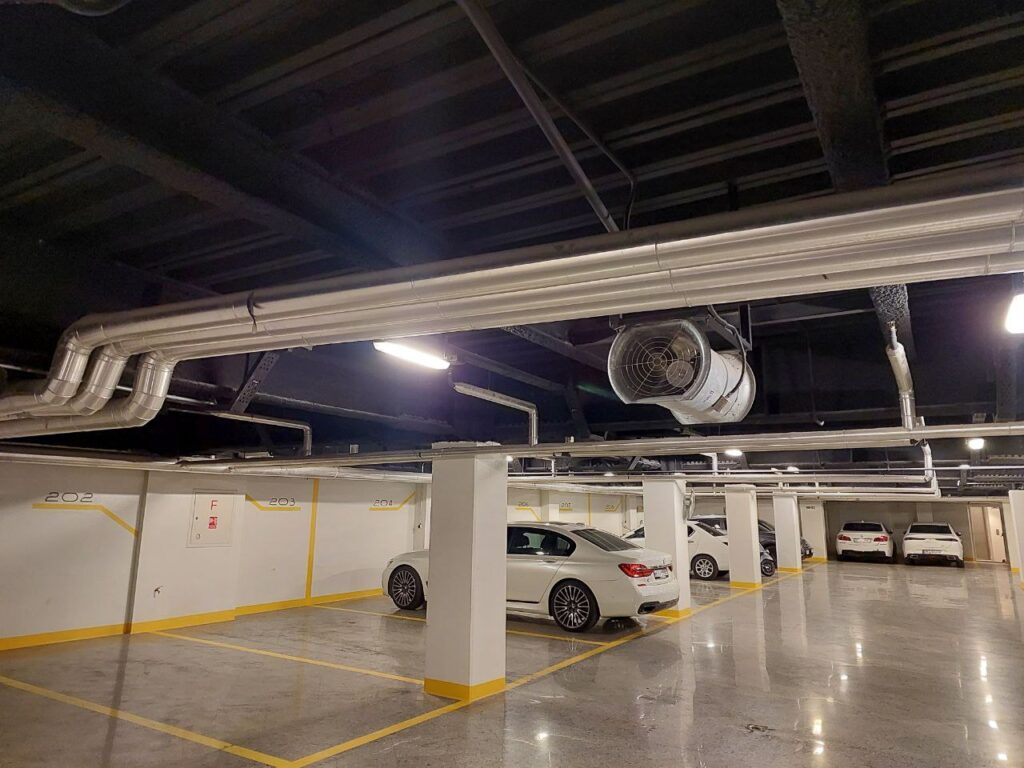For free expert consultation, professional parking ventilation system design, and purchase of smoke control and ventilation equipment, contact Vazesh Tadbir Pars engineering team today. We are ready to thoroughly assess your project requirements and provide the best technical, cost-effective solutions fully compliant with fire safety regulations.




